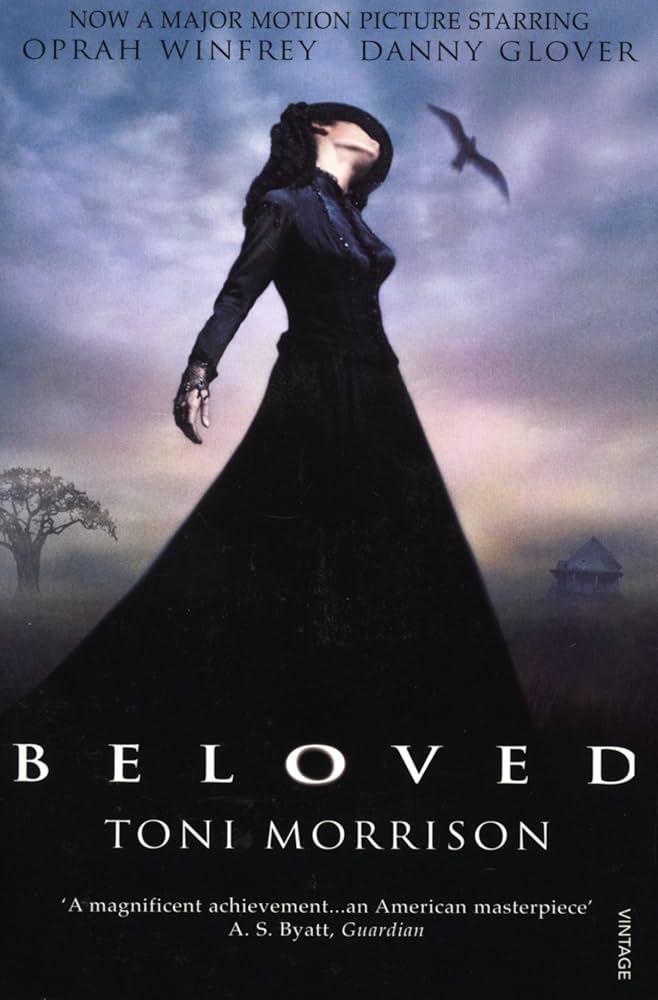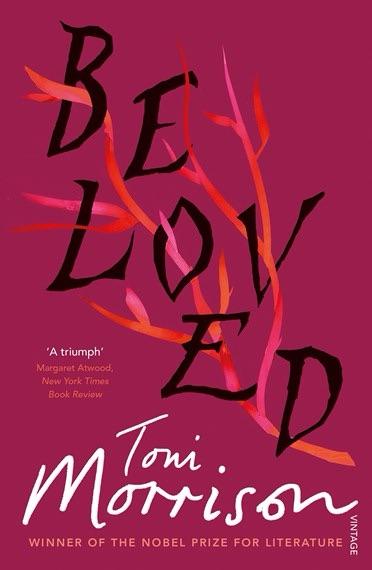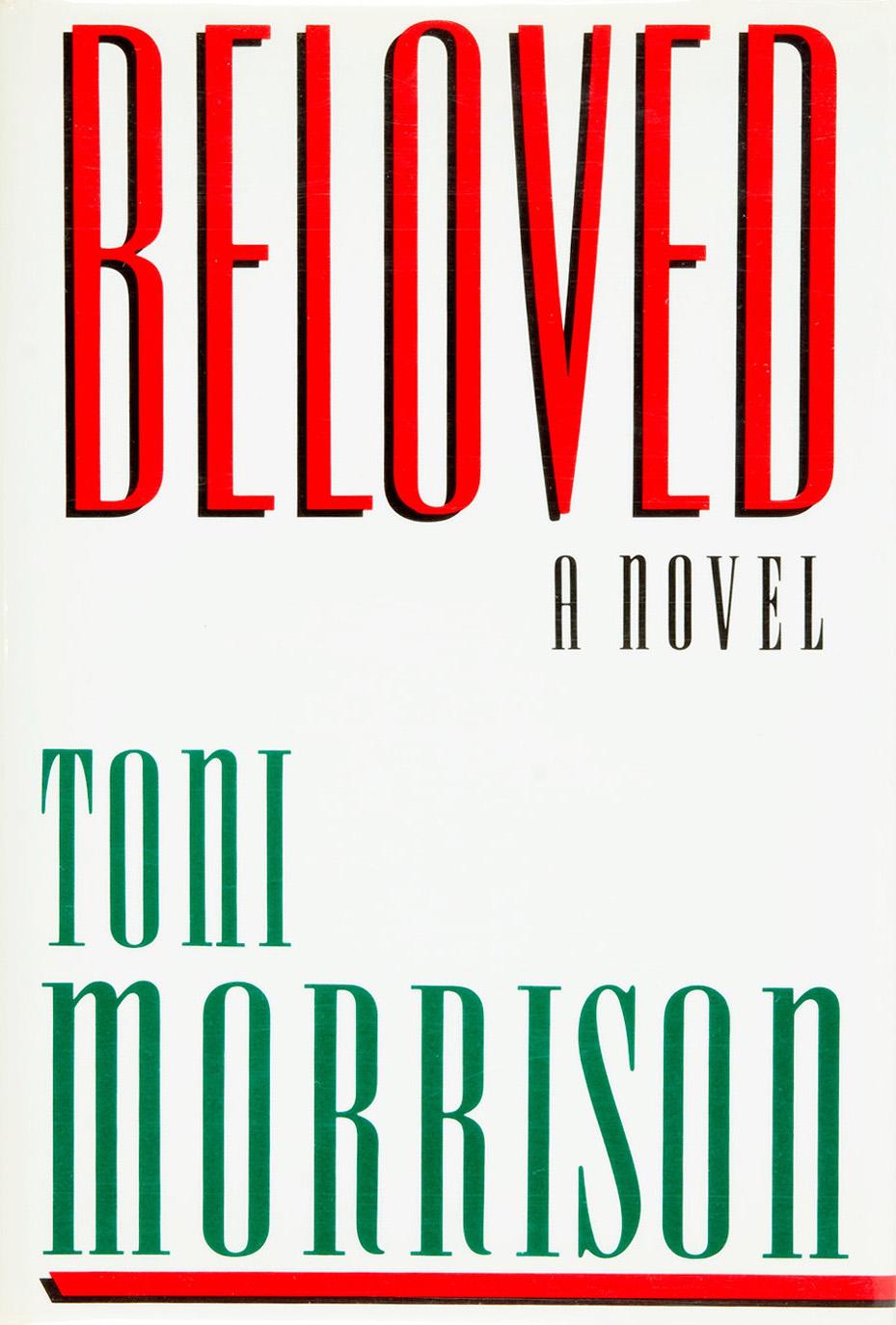Toni Morrison‘s “Beloved” stands as a seminal work in American literature, not merely for its narrative prowess but for its profound exploration of the enduring legacy of slavery. Set in the aftermath of the American Civil War, the novel delves into the haunting effects of a past marred by brutality and dehumanization, unraveling the complex tapestry of trauma that continues to bind its characters. Through the lens of Morrison’s masterful storytelling, “Beloved” examines how the scars of slavery extend beyond physical shackles, infiltrating the psyche and identity of individuals and communities alike. This article seeks to analyze the intricate ways in which Morrison portrays the reverberations of slavery, offering a nuanced reflection on history, memory, and the struggle for self-redemption in the face of an oppressive past. By dissecting the novel’s themes, characters, and narrative techniques, we aim to illuminate Morrison’s poignant commentary on the indelible impact of slavery on the American consciousness.
Understanding Trauma and Memory in Beloved
The complex interplay between trauma and memory in Toni Morrison’s Beloved serves as a powerful narrative device to explore the enduring impact of slavery. Morrison intricately weaves the fragmented memories of her characters, demonstrating how past traumas continue to haunt and shape their present lives. Through Sethe’s recollections, which are often triggered by sensory experiences or emotional turmoil, the novel reveals the ways in which traumatic memories refuse to be silenced or forgotten.
- Fragmented Narratives: The non-linear structure of the novel mirrors the chaotic nature of traumatic memory, where events are relived in disjointed and visceral ways.
- Haunting Presence: The character of Beloved personifies the inescapable past, representing the physical manifestation of memories that characters cannot bury.
- Symbolic Imagery: Morrison employs rich symbolism, such as the chokecherry tree scar on Sethe’s back, to encapsulate the lingering scars of slavery and the enduring presence of trauma.
Through these narrative strategies, Morrison not only highlights the personal and collective suffering caused by slavery but also delves into the psychological scars it leaves behind. Her portrayal underscores the notion that memory, much like trauma, is a living entity—one that continually influences identity and perception, long after the physical chains have been broken.

The Role of Community and Identity in Healing
In Toni Morrison’s Beloved, the intricate interplay between community and identity emerges as a pivotal force in the journey toward healing from the traumas of slavery. The novel paints a vivid picture of how communal bonds and shared experiences can act as a balm for deep-seated wounds. Community serves as both a sanctuary and a crucible, where characters like Sethe and Paul D confront their pasts. Through the support and collective memory of their community, they find the strength to face their haunting memories. Morrison illustrates how the shared narratives within a community not only validate individual suffering but also foster a sense of belonging and resilience.
- Shared Experience: The communal sharing of stories and experiences becomes a means of survival and understanding.
- Collective Memory: Memories of the past, when shared, transform into a collective strength that helps characters navigate their traumas.
- Identity Formation: Community acts as a mirror, reflecting back the identities shaped by both past sufferings and present connections.
Morrison deftly explores how identity is inextricably linked to community, suggesting that healing is not a solitary endeavor. The characters’ identities are often fragmented by the legacy of slavery, but through communal interactions, they begin to reconstruct themselves. This reconstruction is not just personal but communal, as the identities formed are interwoven with the stories and struggles of those around them. Ultimately, Morrison proposes that healing from the scars of slavery requires both an acknowledgment of individual pain and a collective journey towards redemption.
Symbolism and Metaphors Reflecting Slaverys Impact
In “Beloved,” Toni Morrison intricately weaves symbolism and metaphors to encapsulate the haunting legacy of slavery, presenting it as an indelible stain on the human psyche. One of the most poignant symbols is the character of Beloved herself, who embodies the haunting past and unresolved traumas that the characters cannot escape. Beloved serves as a metaphor for the memories of slavery that persist, refusing to be forgotten or ignored, illustrating how the past relentlessly infiltrates the present. The presence of this spectral figure underscores the notion that the repercussions of slavery are not confined to the historical past but continue to reverberate through generations.
Additionally, Morrison utilizes elements of the natural world to reflect the emotional and psychological landscapes shaped by slavery. The chokecherry tree on Sethe’s back is a vivid metaphor for the scars left by physical and emotional abuse, growing and branching in a way that suggests both suffering and survival. The tree becomes a symbol of Sethe’s resilience and the enduring impact of her experiences. Similarly, the imagery of water in the novel often represents rebirth and cleansing, yet it also evokes the treacherous journey of the Middle Passage, symbolizing the duality of hope and despair. Through these layered symbols, Morrison invites readers to explore the complex tapestry of slavery’s enduring impact on identity and memory.
- Beloved – A symbol of unresolved trauma and the inescapable past.
- Chokecherry tree – Represents scars of slavery and resilience.
- Water imagery – Dual metaphor for rebirth and historical trauma.

Recommendations for Further Reading and Analysis
To delve deeper into the intricate themes and historical contexts explored in Beloved, consider engaging with a variety of literary critiques and historical analyses. These resources can provide a broader understanding of how Toni Morrison’s work fits into the larger narrative of American literature and history:
- The Bluest Eye by Toni Morrison: Another profound work by Morrison that examines themes of racial identity and trauma, offering insights into her literary style and thematic concerns.
- Slavery and Social Death: A Comparative Study by Orlando Patterson: This academic text provides a comprehensive analysis of the institution of slavery across different cultures, which can enhance your understanding of the historical backdrop of Beloved.
- Playing in the Dark: Whiteness and the Literary Imagination by Toni Morrison: Morrison’s own critical essays that explore the role of race in American literature, offering a meta-perspective on her own works, including Beloved.
For a more analytical perspective, consider exploring scholarly articles and journals that focus on Morrison’s narrative techniques and thematic explorations:
- Journal of American Studies: Look for articles that discuss the historical and cultural impact of Beloved within the context of American history and literature.
- Contemporary Literary Criticism: This resource offers a compilation of essays and critiques that can provide varied interpretations and analyses of Morrison’s work.
